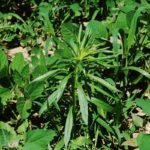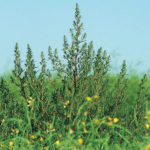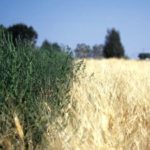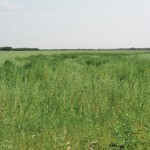Scientists are continuing to discover just what a difficult foe the weed Palmer amaranth can be. It can cause yield losses as high as 80 per cent for soybean growers and has already developed resistance to six classes of herbicide since its discovery in North America 100 years ago. It’s recently been found in North












